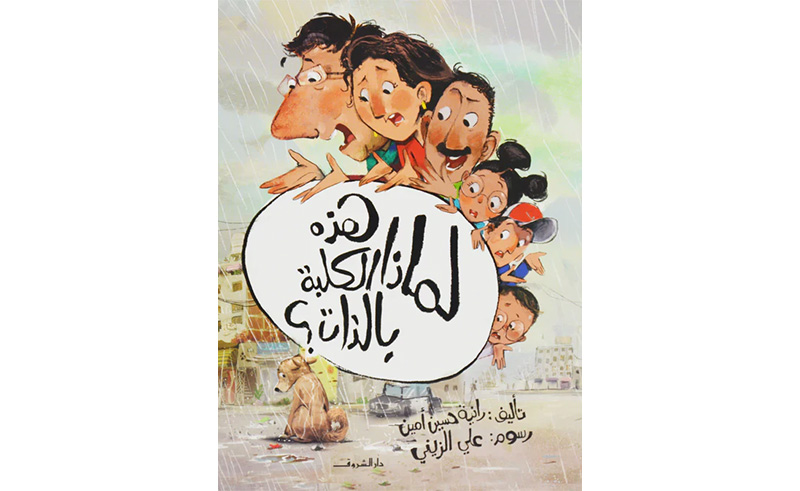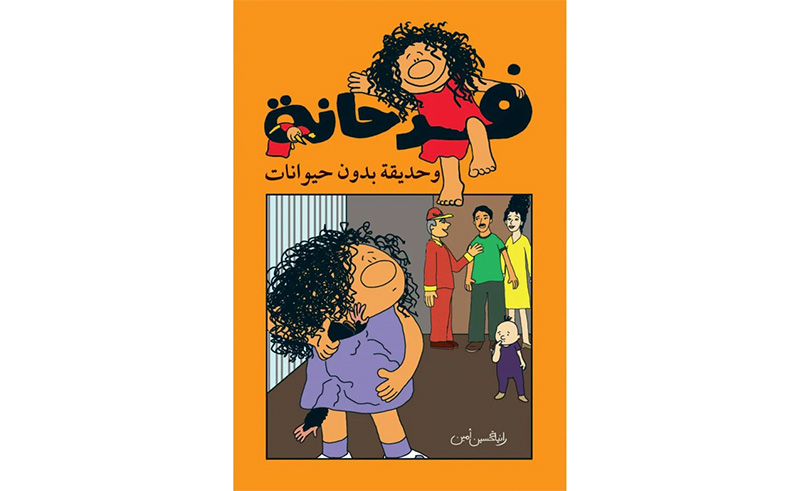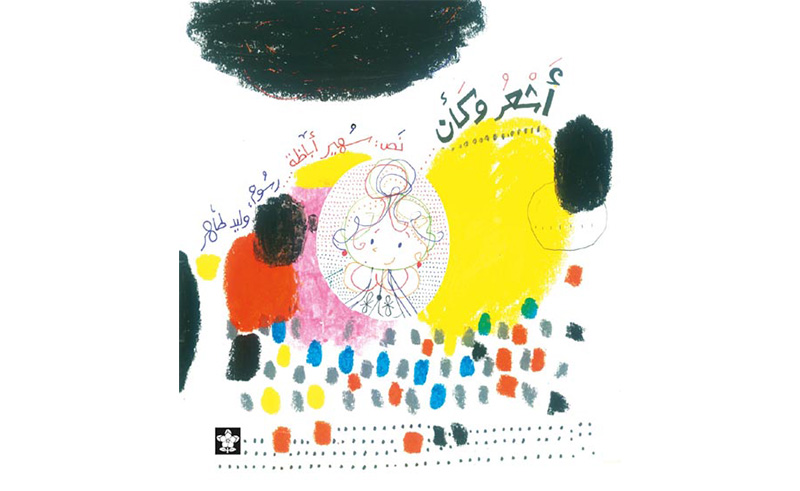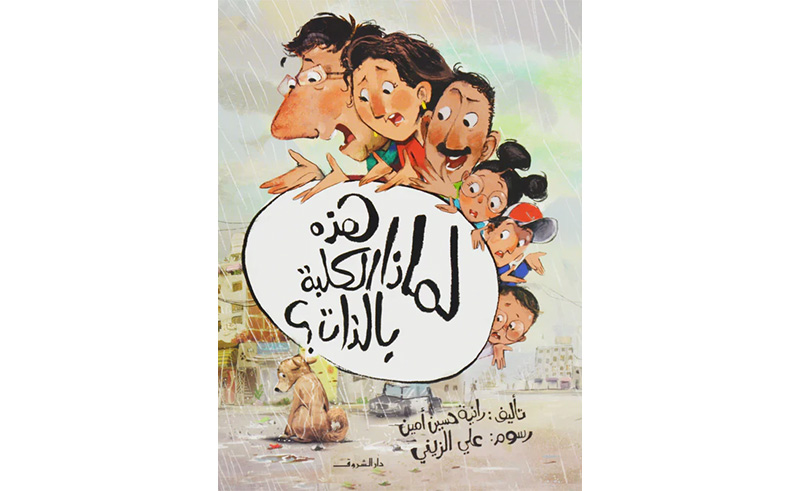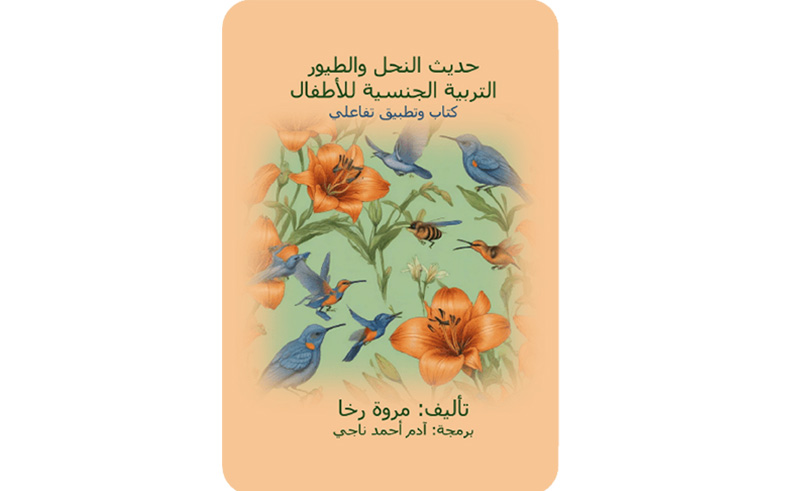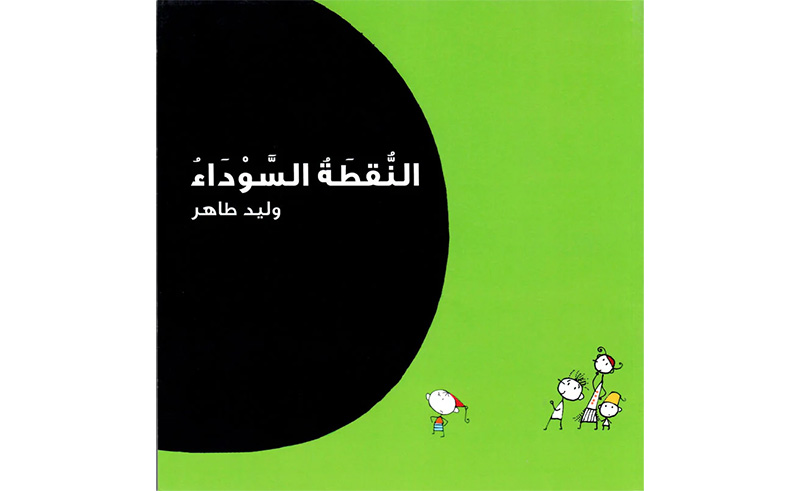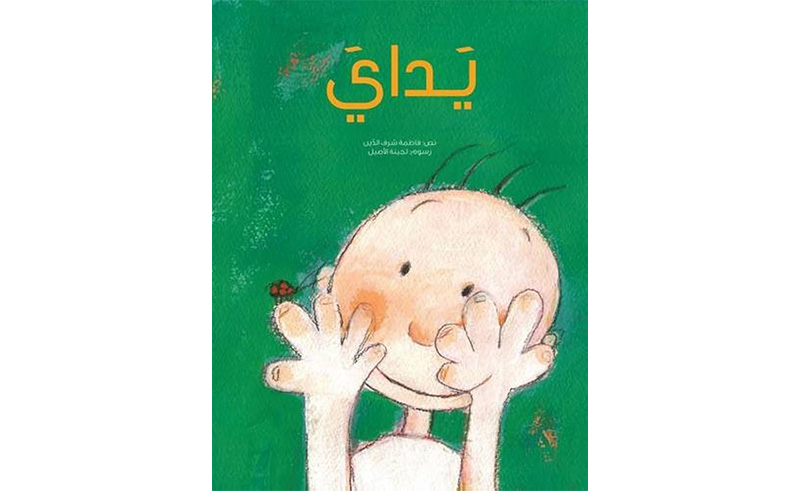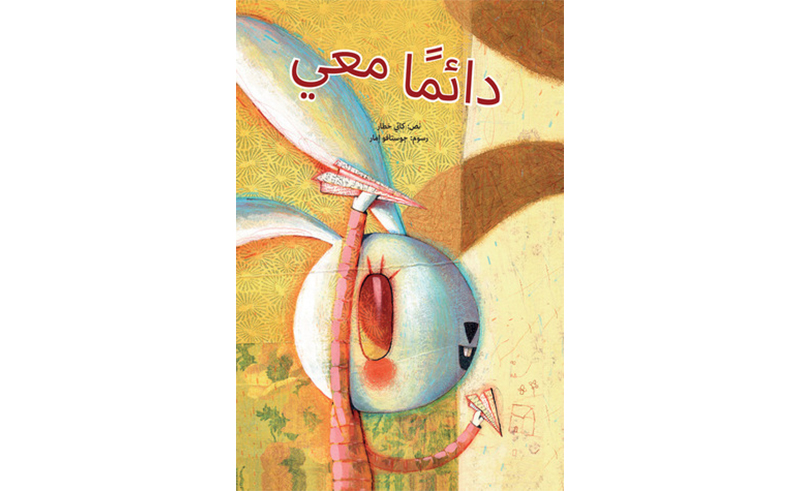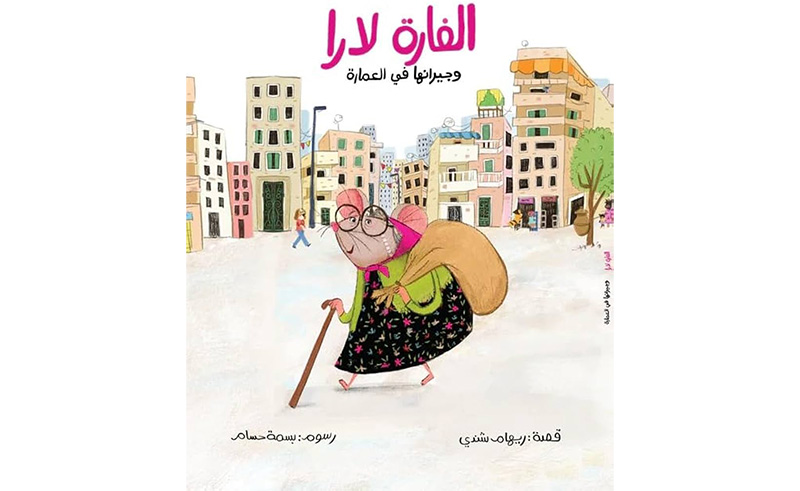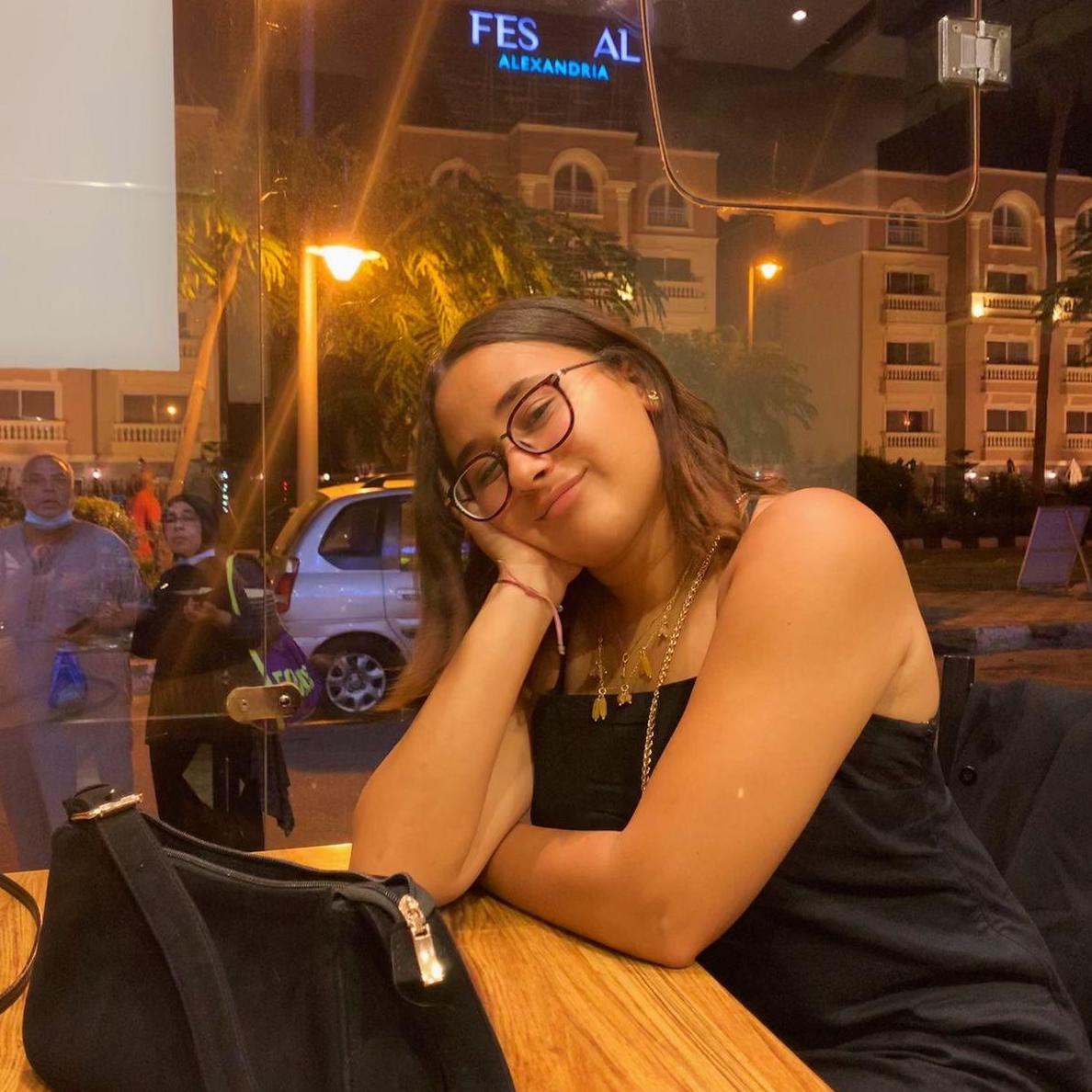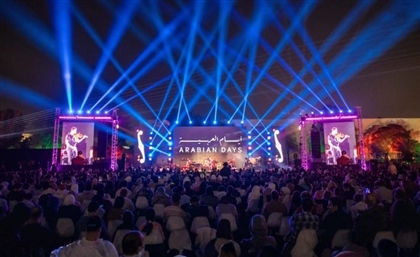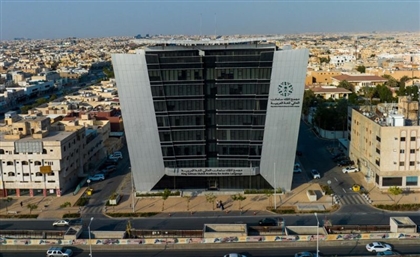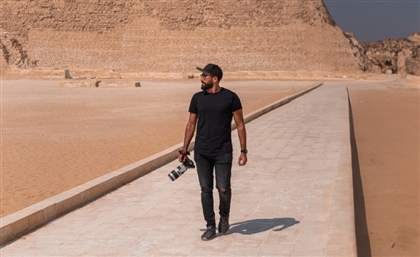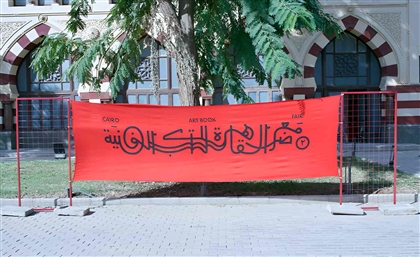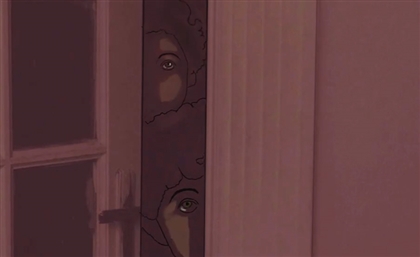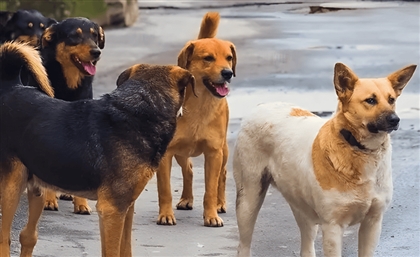Make the most out of your bedtime stories with any one of these soon-to-be classic Arabic books...
Throughout every stage of a child’s development, they grow more and more curious. They open their eyes and they’re delighted by the range of colour and shapes they can see; they move their fingers, and they’re awed by their ability to extend a little limb into the world and explore; they stand on two feet, and the world becomes their playground. When a child gets their first book, however, the world becomes theirs to explore in its entirety - only then can they leave no stone unturned, no leaf untouched and none of their own emotions uninvestigated. If, to us, books are windows, they are children’s doors.
This makes the importance of reading endlessly more significant for kids than it is to us, and that’s saying a lot. For a child to become used to holding books in their early years is to put them on a road to consciousness and freedom, regardless of where they end up. I know this not only because of what I learned in developmental psychology courses, but mostly because I know that when my mother taught me to turn to books she saved my life.
So, where to start? We searched high and low to compile a list of what we predict will be contemporary classics in the realm of Arabic children’s fiction. Some are particularly fable-like, with strong moral lessons, some invite children to explore the worlds of their imaginations, and some are just fun. Which is enough.
‘Farhana W Hadeeka Bedoon Haywanat’ (Farhana and a Zoo Without Animals)
Rania Hussein Amin
A veteran in the field of children’s and adolescents’ books, Rania Hussein Amin has mastered the art of speaking to a young audience. She just knows how to speak to children, and her signature character, Farhana, which is illustrated by her to be as genuine as possible, has become a friend to her young audience. ‘Farhana and a Zoo Without Animals’ is a particular favourite because it teaches children the importance of kindness to all, and the cruelty of existing in captivity. And no, your kids won’t hate the zoo after this; they’re just going to be more aware.
‘Ash’or W Ka’an’ (I Feel As Though)
Suhair Abaza
At our age, emotions are a minefield. They’re even more difficult to navigate as a child who just learned that when their mum stands behind the kitchen counter her lower half doesn’t disappear. What to feel, or how, is not something we can really teach our children, but we can teach them how to express their emotions. This book, a beautiful insight into the emotional world of a young girl as she goes through normal young girl things, is a beautiful example of emotional expression, as dramatic as it needs to be.
‘Lematha Hathihi Al Kalba Belthat’ (Why This Dog?)
Rania Hussein Amin
This book follows a young boy, Ramy, as he goes through the decision of picking out a new pet puppy. Ramy is given an array of options at the pet shop, dogs of all breeds, shapes and sizes, but instead makes up his mind by choosing the stray dog outside Dr. Fawzy’s pet shop. The book highlights Ramy’s unbreakable spirit, and how he is able to stand up for what he believes in. In the process, we’re also encouraged to adopt, not shop.
‘Othana Farasha’ (A Butterfly’s Ears)
Luisa Aguilar
Mira, a young girl, has bigger ears than her peers. She gets bullied for it at school, and as a result starts the book on a note of bodily unacceptance. ‘Othana Farasha’ tackles what it feels like to be different, and then teaches children to make their peace with both their differences and the differences of others.
‘Hadeeth Al Nahl W Al Toyoor’ (The Talk of the Birds & the Bees)
Marwa Rakha
Every parent dreads the moment their child goes up to them and asks them how babies are made, if not because our communities are doused in shame, but because of the sheer awkwardness of the situation. (I asked my mum what the difference between an organism and an orgasm was once, and her eyes went blank). Sexual education platform Love Matters Arabic found a way to hack the system, making sexual education for kids easier than ever before. Just sit down for a bedtime story, and read Love Matters Arabic’s ‘Hadeeth Al Nahl W Al Toyoor’.
‘Al Nokta Al Sawdaa’ (The Black Dot)
Walid Taher
In simple lines and straightforward prose, Walid Taher poses philosophical dilemmas to young children in a book that won the Communications Award for Children’s Books in 2010. ‘Al Nokta Al Sawdaa’ follows the struggle of a group of children when, in the middle of their play time, a big black dot appears. No one understands what it is or where it came from; it’s just there, and the children slowly shift their lives around it.
‘Yaday’ (My Hands)
Fatima Sharafeddine
As babies begin to gain more and more control over their limbs, their lives begin to take shape. It’s simply an integral step in the formation of their curiosity. ‘Yaday’ follows the narration of a baby boy as he considers his fascination with his own hands, allowing readers to embark on a journey of exploration with their hands.
‘Da’eman Ma’y’ (By My Side)
Catty Khatar
Before their consciousness can extend to accommodate the fact that the thing that follows them around all day, their shadow, is in fact not an entirely separate living entity, children can be pretty confused about this constant companion. In ‘Da’eman Ma’y’, a child narrates his experience with his shadow, which he refers to as his friend, and how it feels to constantly live with someone so closely, until he will eventually discover the truth. Regardless of what a shadow is, kids need a friend.
‘El Fara Lara’ (Lara the Mouse)
Riham Shendy
At face value, ‘El Fara Lara’ teaches kids about helping others, especially our elders. It follows a grandma mouse called Lara who leaves her home to get things from the market. When she comes back, her groceries are too heavy to carry up to her house, so her neighbours take turns carrying her groceries for her, a gesture for which she rewards them with a grocery item she knows they will enjoy. By the time she gets to her apartment, Lara is left with an empty grocery bag. Besides teaching kids that helping is good, ‘El Fara Lara’ does the important job of reminding children of the value of a neighbourhood. As our world becomes more horizontal and spread apart, and kids forget what the word ‘neighbour’ means, ‘El Fara Lara’ revitalises the concept of a vertical community through adorable illustrations and a sweet narrative.
